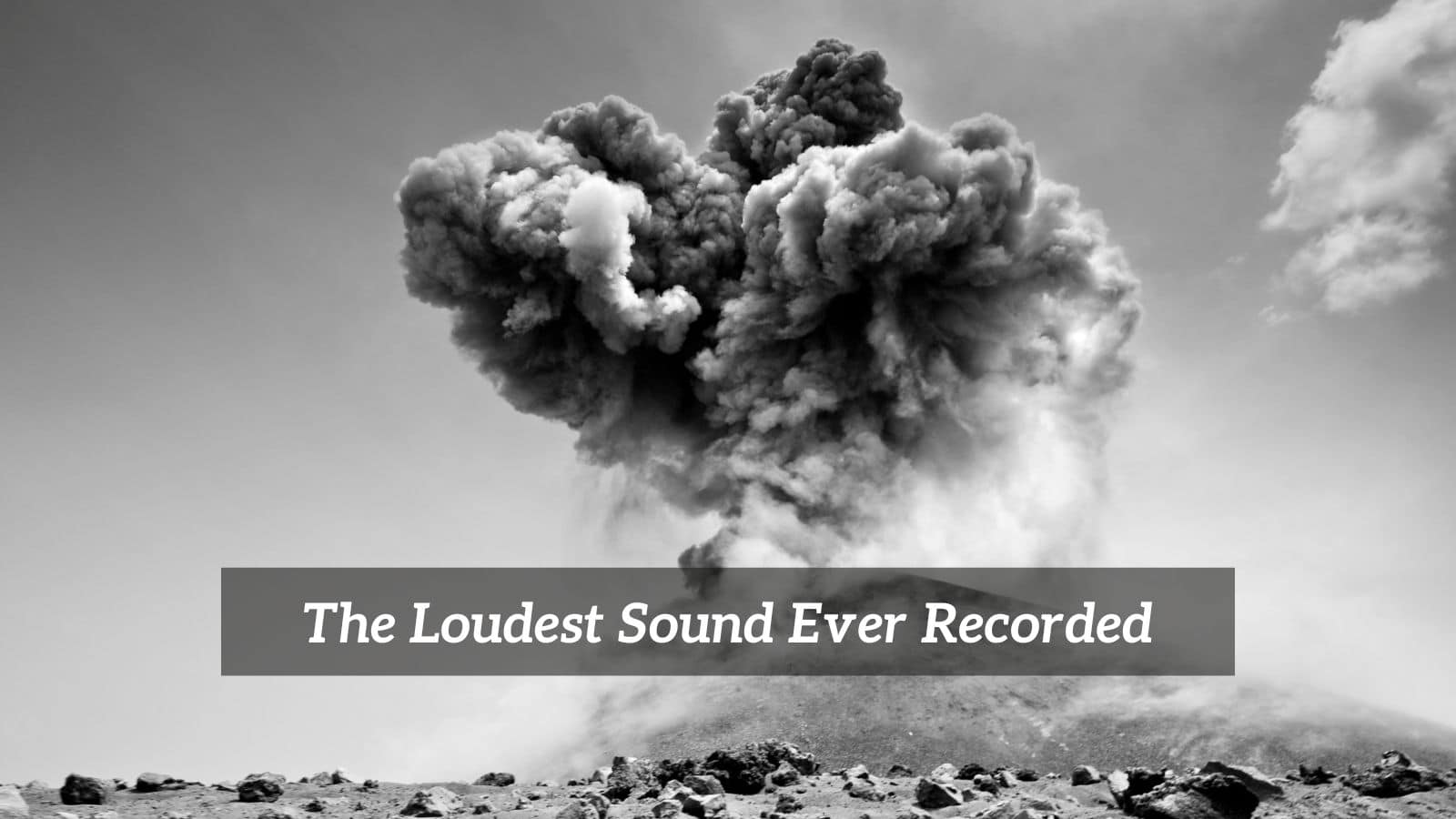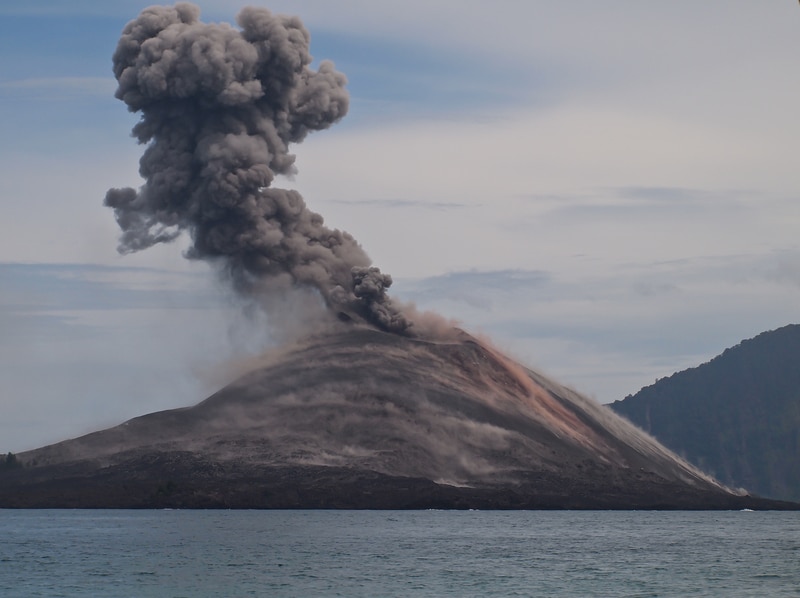
We are innately sensitive to sound. Whether it reaches us through our ears or our bodies, or both, sound has a significant impact on our daily lives. Some sounds we enjoy, others less so. The sound waves that travel through air reach our ears, entering through the ear canal into the eardrum.
This delicate mechanism transforms the waves into vibrations that in turn become electrical signals that our brain can then interpret. Our collective range of frequencies is usually within a range of 20Hz to 20,000Hz.
As we are thinking about loud sounds, it’s vital to understand that the intensity, loudness if you like, is measured in decibels (dB).
Depending on the medium through which sound is passing the measure for the intensity of that sound can vary. The measurement of sound in water for example would not equate to that of air.
As humans, and given the luxury of good hearing, we can perceive sounds as low as 1dB but this is rarely possible due to the noisy world in which we live. Consider that our normal conversations would register around 60dB, whereas a heartbeat perhaps as low as 5dB.
Taking this a step further there are recommended levels of exposure to louder sounds. If you were to experience an average of eight hours at 85dB, then this is considered hazardous to your hearing.
If you ramp the intensity up to 110dB then you are at significant risk of losing or damaging your hearing even if you experience this sound for 1.5 minutes per day. Those of us who have played with rock bands know only too well how your ears can ring for several hours after a gig: not good.
Where do everyday events rank on the dB scale? A clap of thunder comes in at an impressive 120dB whereas your average electric drill reaches a poultry 95dB. If however, you are a user of something like a shotgun, then that weapon discharges at a dangerous 140+dB.
The Loudest Sound Ever Recorded
On a more musical facing, here is a selection of well-known bands who can claim extra points for hitting high levels of dB in their concerts. Led Zeppelin was always renowned for being pretty loud.
In 1969 the American Speech-Language-Hearing Association recorded the rockers smashing a record 130dB during their tour of Canada.
Deep Purple weighed in at a relatively gentle 117dB in 1972 after the Guinness Book Of Records acknowledged them as the world’s loudest band. They were apparently using a 10,000-watt Marshall PA System.
Of equal notoriety is The Who with 126dB in 1976 at the Charlton Athletic Football Ground and the band Monowar, who in 1984 pushed The Who into an embarrassing second place and reached an ear-busting 129.5dB.
This was reportedly superseded in 2008 when Manowar destroyed their own record climbing to a blistering 139dB in a pre-gig sound check. That same year Swedish band ‘Sleazy Joe’ claimed to have beaten all existing records reaching an eye-watering 143.2dB at their gig in Hassleholm.
When it comes to sounds that are produced by nature, sometimes they are at a frequency we can only feel through our bodies rather than perceive through our ears. Earthquakes for example may not produce a very loud sound but can certainly be felt and it is terrifying.
Turning to creatures of the sea, did you know that a sperm whale can produce a sound that is around 175dB and apparently can be heard up to three miles away?
Space can produce all manner of curiosities some of which remain up there in space others that decide to make an unexpected visit. Meteors are more regular visitors to Earth than you might imagine.
In 1908, close to the Podkamennaya Tunguska River, a large meteor crashed into the earth’s surface. According to records, this registered at 197dB which on reflection doesn’t seem that greater a sound for such a collision.
Returning to Earth again, many sounds come further up the decibel scale of measurement than the ones above. Sadly this also opens the chapter on the destructive nature of mankind and his unfailing ability to create weapons of mass destruction.
Whilst the bombing of Nagasaki and Hiroshima must have produced deafening levels of sound I’m not sure any specific measurement was made. What we do know is about the Russian hydrogen bomb known coldly as RDS-202, or Ivan.
This monster was over 8 meters long and weighed 27,000kg. It became known as the Tsar Bomb and had an explosive capacity of 50 megatons; approximately 3,300 times that of the Hiroshima and Nagasaki bombs.
It is estimated that the explosion of the Tsar Bomb, tested in 1961 hit around 224dB. Place this in a context that is roughly 100 times louder than the Saturn V rocket.
One catastrophic event overshadows all others in the research I have completed. This is the eruption of the volcano Krakatoa in 1883. To place this in a little context, Krakatoa spewed 20 million tons of sulphur into the earth’s atmosphere.
It completely obliterated its island and atoll. In the region, 30,000 people lost their lives as a direct result of the event with terrible tsunamis created as a result of the eruption.
It would be unimaginable that had anyone been close enough to try and record the explosion, they would have been killed.
64 kilometers away from Krakatoa on a British ship called the Norham Castle, the Captain noted that the explosions were so loud that “the eardrums of over half my crew have been shattered”.
Further away at around 160 kilometres, the sound was recorded at the Batavia gasworks in North Jakarta. Here the levels reached around 172db, but keep in mind the distance from Krakatoa this was.
From records, it would seem that the air shockwave caused by the explosion travelled the earth up to four times. England’s tidal stations registered the rise in sea levels due to the shockwave which must have come as an unwanted surprise.
Whilst it is only an estimation, the general consensus is that the Krakatoa eruption could have registered around 310dB making it probably the loudest sound nature has unleashed so far.

